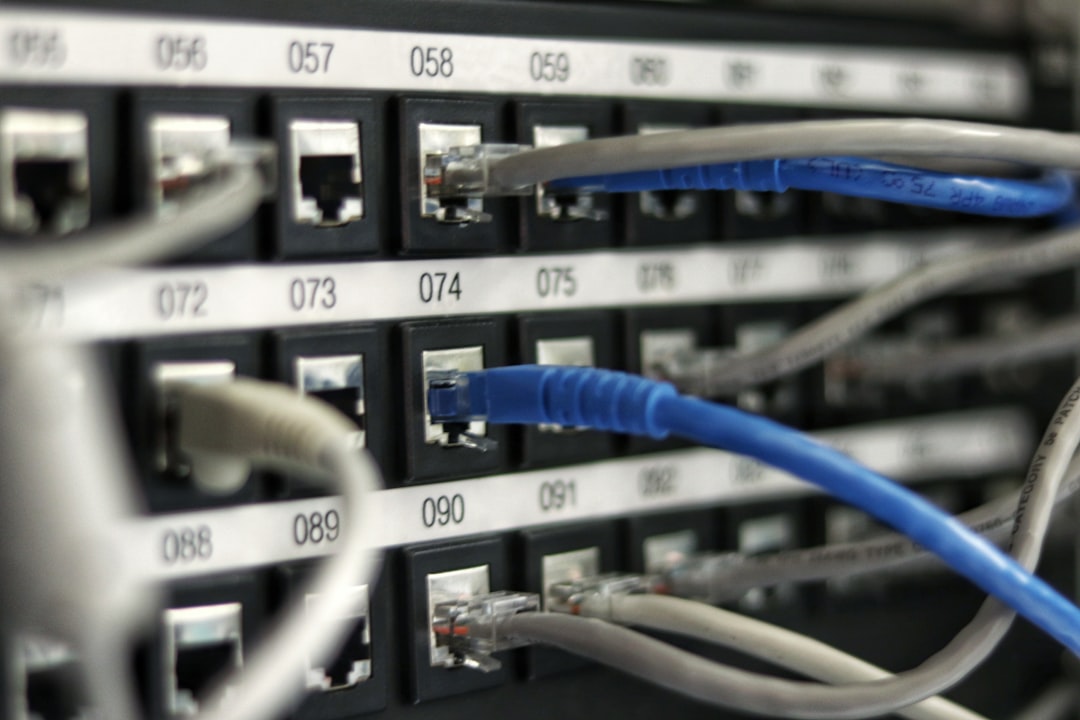If you’re running a WordPress website, chances are you’ve heard about Content Delivery Networks or CDNs. While the concept may sound complex, setting up a CDN for your WordPress site is one of the most effective ways to enhance speed, improve user experience, and harden security. In this guide, we’ll take you through everything you need to know about CDNs, including what they are, how they work, and exactly how to configure one with your WordPress site for optimal results.
What is a CDN?
A Content Delivery Network (CDN) is a geographically distributed network of servers that works together to deliver your website content faster and more efficiently to users around the globe. Instead of serving your media files, CSS, JavaScript, and other static content directly from your hosting server, a CDN caches and delivers them from a location closer to the end-user.
This distance-based optimization reduces latency, lowers server load, and improves site resilience against high traffic or malicious attacks like DDoS.
Benefits of Using a CDN with WordPress
- Improved Site Speed: Delivering content from a nearby CDN server reduces loading times dramatically, especially for international visitors.
- Lower Bandwidth Costs: Since CDNs handle part of the traffic, hosting providers bill for less data usage.
- Enhanced Security: Many CDNs offer built-in DDoS protection, WAFs (Web Application Firewalls), and SSL support.
- Greater Site Uptime: During sudden traffic spikes, CDNs balance the load, preventing downtime.
- SEO Benefits: Faster-loading websites often achieve higher search engine rankings.
Popular CDN Providers Compatible with WordPress
There are several high-quality CDN services that integrate smoothly with WordPress. Here are five of the most reliable and widely used:
- Cloudflare: Offers both free and premium plans, with added security features and performance enhancements.
- StackPath (formerly MaxCDN): Known for robust performance and easy WordPress integration.
- KeyCDN: Affordable pay-as-you-go pricing model with real-time analytics and HTTP/2 support.
- Bunny CDN: A fast and cost-effective option that offers a powerful plugin for WordPress.
- Amazon CloudFront: Designed for developers with scalable cloud architecture, though setup can be more complex.
Step-by-Step Process to Set Up a CDN on WordPress
Now that you understand the fundamentals, let’s walk through how to set up a CDN on your WordPress website.
1. Choose the Right CDN Provider
Consider factors like:
- Geographical server coverage
- Performance benchmarks
- Ease of integration with WordPress
- Security features
- Customer support
- Pricing structure
For most users, Cloudflare and StackPath offer the best mix of performance and simplicity.

2. Create an Account and Configure Basic Settings
Once you’ve selected a provider, sign up for an account and configure your website domain in the CDN dashboard. This typically involves:
- Adding your website’s main URL
- Setting up SSL (for HTTPS sites)
- Defining caching rules and security protocols
- Whitelisting IP addresses (if needed)
Most top-tier providers have guided wizards to walk you through these steps.
3. Update Your DNS Settings
After configuring your CDN profile, you’ll need to point your domain’s DNS to the CDN’s nameservers. This usually means logging into your domain registrar and replacing your current nameservers with those provided by the CDN.
Important: DNS changes can take up to 24 hours to propagate globally.
4. Install a CDN-Compatible WordPress Plugin
To make integration seamless, install a WordPress plugin that supports CDNs. Popular options include:
- W3 Total Cache: Offers built-in support for major CDN providers and fine-tuned caching controls.
- WP Rocket: One of the easiest and most powerful tools for advanced users.
- CDN Enabler: A lightweight plugin focused exclusively on serving static files from a CDN.
After installation, head into the plugin’s settings and input your CDN URL (often referred to as a “pull zone” or “custom CDN domain”).
5. Verify CDN is Working
To ensure your WordPress site is correctly pulling content from your CDN, check the source code of your site (right-click > View Page Source). Static resources such as images, CSS files, and JavaScript should now be served from the CDN domain.
You can also use tools like:
These platforms allow you to test performance and verify CDN functionality.
Enhancing Security with a CDN
Beyond performance, CDNs offer serious advantages in security. Here’s how:
- DDoS Protection: CDNs absorb and mitigate large-scale attacks before they reach your WordPress server.
- Web Application Firewalls (WAF): These prevent malicious traffic by filtering known threats automatically.
- SSL/TLS Encryption: Most CDNs provide complimentary SSL certificates, turning your site into HTTPS quickly.
- IP Reputation Management: Suspicious IPs are automatically blocked or challenged with CAPTCHAs.

Services like Cloudflare go a step further by enabling “Under Attack” mode, which challenges high-risk visitors and bots before they reach your site.
Common Pitfalls to Avoid
While setting up a CDN is relatively straightforward, here are several traps to avoid:
- Duplicated Content URLs: Make sure caching headers don’t cause your pages to be cached with both www and non-www versions, which can affect SEO.
- Incorrect DNS Configuration: Mistakes in this step may cause service disruption or downtime.
- Not Clearing Cache: After setup, purge your WordPress and CDN caches to ensure updates reflect instantly.
- Overcomplicated Plug-in Settings: Stick to basic configurations unless you fully understand advanced options.
Monitoring Performance and Tweaking Settings
Once deployed, monitor your site’s speed and uptime over the next few days. Fine-tune your caching and security rules based on actual usage. If your site handles sensitive data, consider enabling two-factor authentication and rate limiting via CDN security options.
Additionally, keep your WordPress core, themes, and plugins regularly updated to avoid vulnerabilities that even the best CDN can’t protect completely against.
Final Thoughts
A CDN is more than just a performance booster—it’s a strategic investment into speed, security, and scalability. Whether you’re hosting a small blog or managing a complex eCommerce platform, the benefits of using a CDN are too significant to ignore. With the right setup, you not only enhance your users’ experience but also lay a strong foundation for sustainable growth.
By following this comprehensive guide, you should be well-equipped to integrate and leverage CDN technology effectively within your WordPress ecosystem. Don’t let slow loading times and security threats drag your website down—empower it with a CDN today.

